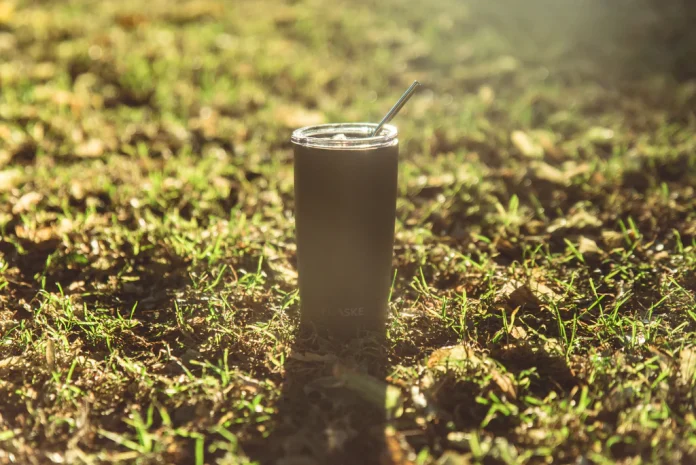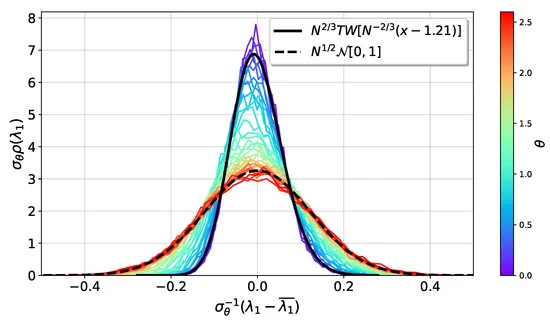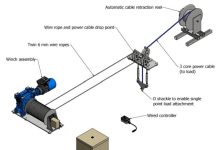
RED DEER, Alberta – In a shocking twist that has left the Canadian energy sector fizzing with excitement, Regina-based beverage titan FizzBang H2O announced today that it has acquired a majority share in DeepThrust Energy’s flagship carbon capture and storage (CCS) project in Saskatchewan. The fizzy drink behemoth, best known for its effervescent water and “explosive” flavours, says the move is part of its long-term strategy to produce “naturally carbonated” drinks from the very reservoirs that were supposed to combat climate change.

FizzBang H2O’s CEO, Brittany Spritz, revealed the bold plans in a press conference that felt more like a pop concert than a corporate announcement. “At FizzBang, we’ve always pushed the boundaries of innovation—whether it’s the sizzle in our soda or the pop in our profits. And now, we’re taking that spirit to the next level—underground! Who says carbon capture has to be all about reducing emissions? We’re here to turn it into the world’s most sustainable source of carbonated drinks!”
The CCS project, once hailed as a vital piece of the puzzle in mitigating Canada’s carbon footprint, has now been rebranded as “FizzThrust Underground.” According to Spritz, the goal is to reach a carbonation density that will allow them to “tap the reservoir” and produce beverages directly from the subsurface, cutting out traditional bottling processes entirely. “Why waste all that good CO2 on the atmosphere when we can inject it into water and create the world’s first subterranean soda stream?”
DeepThrust Energy, once a serious player in the CCS world, seems all too happy to ride the carbonation wave. CEO Tex Drillmore expressed his enthusiasm for the partnership. “We were sitting on a bubble here—literally. Haha… see what I did there? Okay. This partnership is going to turn our project from a CO2 dump into a CO2 dream. Imagine cracking open a cold, refreshing beverage sourced straight from the same formations that powered Saskatchewan for decades. It’s like the circle of life, but with more fizz.”
The newly merged company, FizzThrust, has ambitious plans. They aim to pump millions of tons of miscible CO2 into depleted oil fields with the goal of reaching what they call the “Ideal Carbonation Index” (ICI). Once achieved, FizzBang’s engineers believe the underground reservoirs will become a source of premium sparkling water that could eventually rival the likes of San Pellegrino and Perrier—only this time, with the added benefit of a “green” label.

Environmentalists, however, are not as bubbly about the news. Greta Thirstberg, spokesperson for CarbonFree Drinks, a nonprofit dedicated to reducing the carbon footprint of the beverage industry, issued a statement condemning the move: “FizzThrust is nothing more than corporate greenwashing in a bottle. This project was supposed to be about preventing climate catastrophe, not creating a new line of artisanal sodas for the eco-elite. We’re tired of corporations using our planet as their test kitchen.”
Undeterred, FizzBang has already begun marketing campaigns featuring animated underground soda streams and slogans like “Saskatchewan: Home of the Fizz Frontier” and “From Deep Below to Your Dinner Table.” The first batches of “CarbonCola” are expected to hit the shelves by 2030, once the reservoir reaches optimal fizz levels. The company plans to market Wellhead Watermelon, Reservoir Root Beer, Diesel Drizzle, and Refine-a-Lime varieties in early spring, 2025.
Energy analysts are split on the deal, with some praising the ingenuity of FizzBang H2O’s pivot into the energy sector and others calling it an irresponsible commercialization of a serious climate solution. “You have to hand it to them,” said Bubbles McGee, senior analyst at McGee and Co Energy Consulting. “FizzBang H2O is turning lemons into lemonade—or in this case, turning global warming into global refreshing.”
The announcement has already sparked interest from other major beverage brands. Rumours are swirling that FlatPop Inc. is in talks to acquire a stake in an Australian geothermal project, hoping to leverage the natural heat for a line of hot sodas. When asked for comment, FlatPop’s CEO, Luke Warm, stated, “Why settle for just cold beverages when you can tap into the Earth’s core for the perfect ‘HotPop’?”
As FizzThrust continues its bubbling journey, one thing is clear: the energy transition just got a whole lot fizzier. Whether this innovative take on CCS will be the future of beverages or just another flash in the pan, only time—and carbonation levels—will tell.
In the meantime, get ready to crack open a can of underground fizz… coming soon to a gas station near you.















